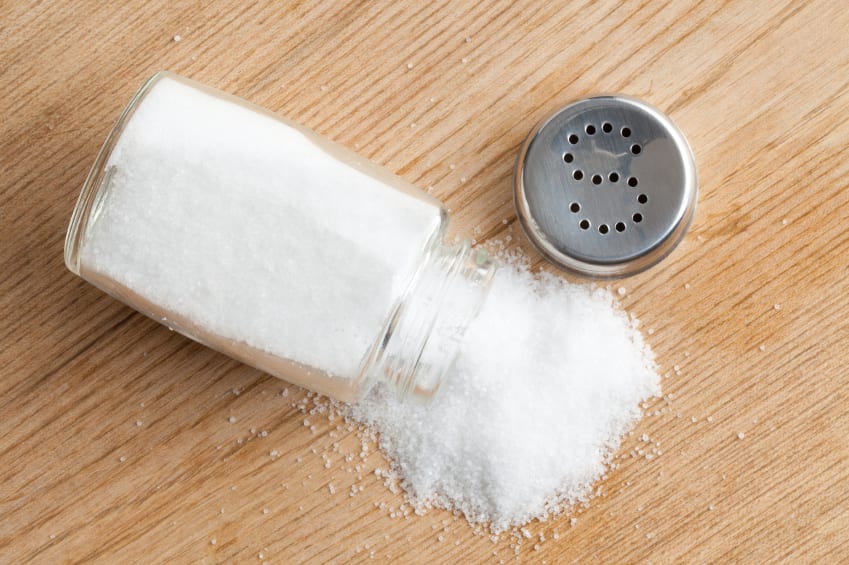Are your kids getting too much salt in their diets?
The US Centers for Disease Control and Prevention (CDC) recently released new research on sodium intake, in which they observed the sodium intake and blood pressure of 6,235 U.S. children and adolescents.
According to the findings, boys consume more sodium than girls do and lowering this intake — while increasing exercise — can help to reduce elevated blood pressure in children and teens.
Providing our young children and teens with a healthy well-balanced diet should be taken seriously. From my experience, it seems like most parents are focused on giving their family foods that include a lot of fresh fruits and vegetables, hormone free meats and milk, and limited simple sugars. We now can reference the scientifically sound data about sodium and kids from the CDC to learn how diet impacts our children’s health.
Kids aren’t little adults! Many of us don’t focus on how much sodium our children have in their diets; at least not as vigorously as with the older people in our family.
Choosing what to eat and where has been based on cost, convenience and calories, not sodium. For me, this is no longer the case. Sodium has now been officially added to my list of “check that out” before giving it to my grandkids. I have decided to make this change, because most of the sodium in our diet comes from restaurants and processed foods, not our home-cooked culinary kiddy delights.
According to the United States Department of Agriculture (USDA), for kids, the recommended daily limit for sodium is less than 1500 milligrams for children 1 to 3 years old, and less than 1900 milligrams for children 4 to 8 years old. The National Institute of Health (NIH) recommends less than 2.4 grams (2,400 milligrams[mg]) of sodium a day. That equals 6 grams (about 1 teaspoon) of table salt a day. The 6 grams include ALL salt and sodium consumed, including that used in cooking and at the table.
A great resource to use for dietary information when planning your family’s meals is: http://www.choosemyplate.gov/
Another benefit of reducing sodium, that wasn’t part of the study but that I often share with teens and women, is that it can help lessen PMS symptoms. Other things you can do to decrease symptoms, such as cramps and bloating, include exercising and eating fruits and vegetables.
For more information about how sodium affects your period symptoms, visit Always PMS Treatment page.
While I, a reformed salt craver, have changed the way I select foods, I still have a desire for more salt. Any ideas on spices or seasonings that you have found add flavor without sodium? Also, how about food prep for your family and recipes that they love, are easy to prepare, don’t include processed ingredients and don’t need a lot of added salt to enhance the flavor?





